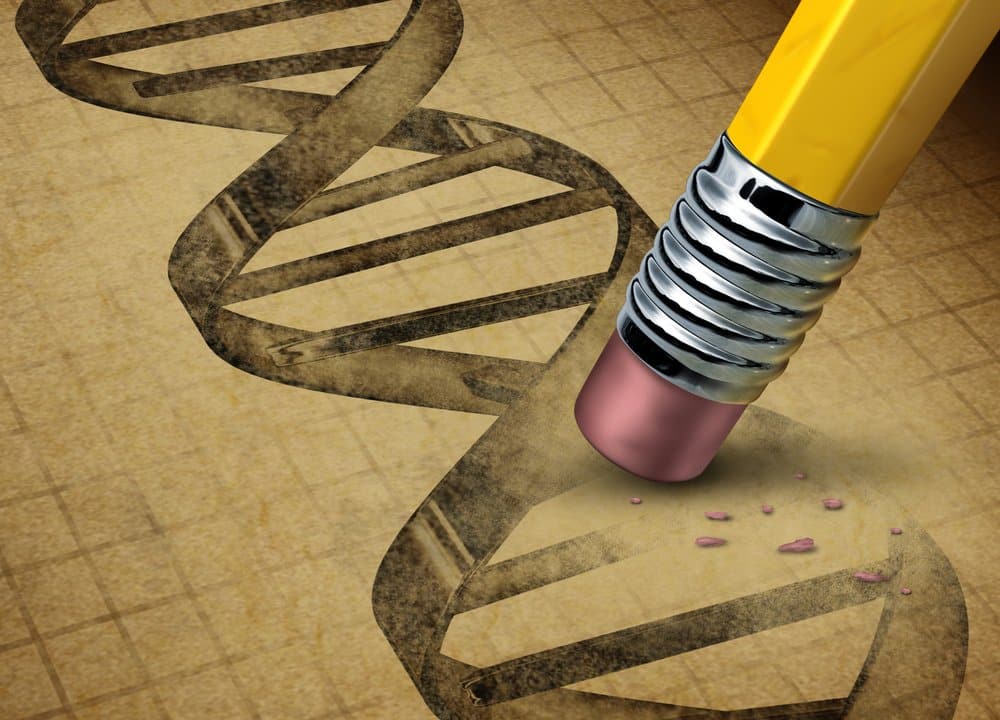Human Embryos to use “Chemical Surgery” to Remove Mutations
Precision medicine continues to gain rapid traction annually with scientists aiming to outdo one another. Now, researchers in China have used a procedure described as “chemical surgery” to mend harmful mutations in human embryos for the first time.
The goal was to find a potential cure for the rare blood disorder called thalassemia. This causes a reduction in hemoglobin, meaning that the body can’t carry enough oxygen. Red blood cells in patients with thalassemia also don’t tend to live quite as long or carry oxygen as efficiently, causing a myriad of chronic issues. Because the condition can be caused by a single mutation, researchers thought it’d be a good target for the new technique.
The team at Sun-Yat Sen University utilised a technique called base editing to correct targeted errors out of billions of base pair in the genetic code. By artificially editing one of the four fundamental building blocks of DNA – adenine, cytosine, guanine and thymine – the team corrected point mutations by replacing the aberrant base pair with a correct one.
In 2015, scientists led by Junjiu Huang at Sun Yat-sen University in Guangzhou, China, tried to use Crispr
to correct abnormal beta thalassemia genes in human embryos without much success. In the latest breakthrough, the same team turned to base editing instead.Base editing works by fixing a single error out of the three billion letters that make up our genetic code. The fundamental building blocks of DNA are comprised of four bases: A, C, G, T—letters than correspond to adenine, cytosine, guanine and thymine.
The entire set of instructions for building a human are encoded through combinations of these four bases, but every once in a while these combinations get borked. In beta-thalassemia, the disorder is triggered by a lone error to a single base. When this happens, scientists refer to it as a “single point mutation.” These single letter errors account for at least two-thirds of inherited genetic diseases, and because base editing holds great potential for fixing single point mutations, it could conceivably be used to treat an assortment of inherited disorders.
To perform the experiments, Huang first created a batch of cloned embryos. His team took skin cells from patients with beta thalassemia, removed their DNA-containing nuclei, and dropped them into donor eggs that had their own nuclei removed. The eggs then developed into early stage embryos that carried the beta thalassemia mutation.
Humans carry two copies, or alleles, of every gene and in many cases both versions have to be “healthy” to avoid disease. In the study, base editing sometimes repaired only one faulty gene rather than both, creating so-called mosaic embryos that had both normal and mutant cells. “This looks very promising, but all the embryos from which they were able to get information from more than one cell were clearly mosaic, with some cells still carrying both mutant alleles,” said Robin Lovell-Badge at the Francis Crick Institute in London.
Importantly, the Sun Yat-sen University researchers aren’t saying the new technique is anywhere near being ready for clinical use, but they say their study “demonstrated the feasibility of curing genetic disease in human…embryos by base editor system.”
With the deep ethical and societal debate behind a method like base editing, even the researchers at Sun-Yat Sen University are aware of the widespread reaches of their work.
The era of human genetic modifications is drawing closer with each passing breakthrough, and thankfully the slow rate of progress is allowing society to grapple with the many implications these biotechnologies will bring.






























